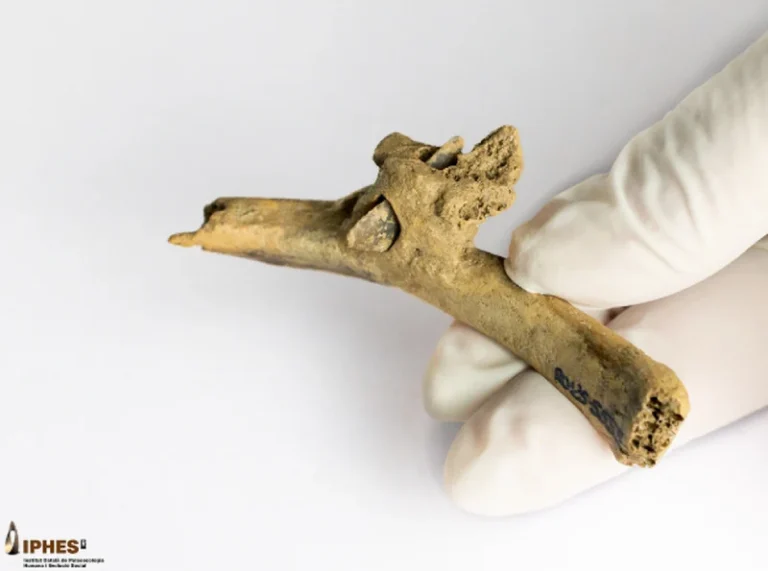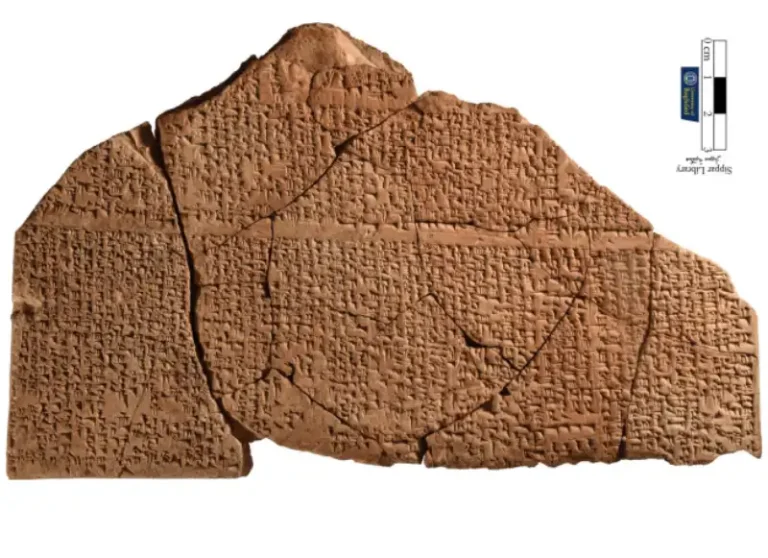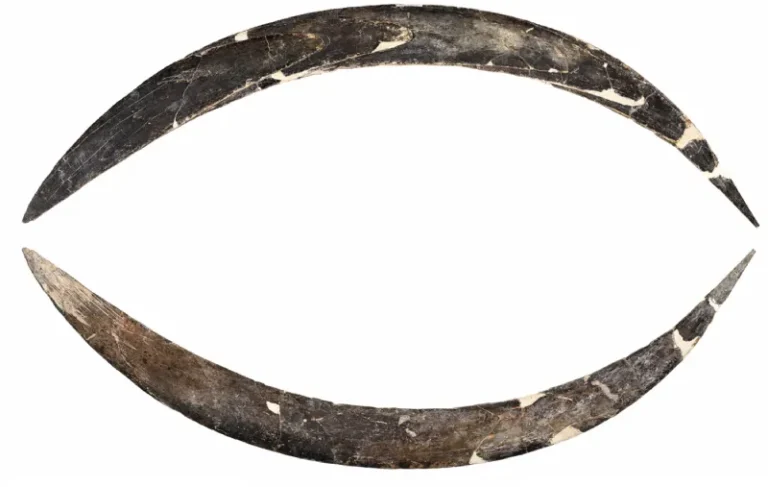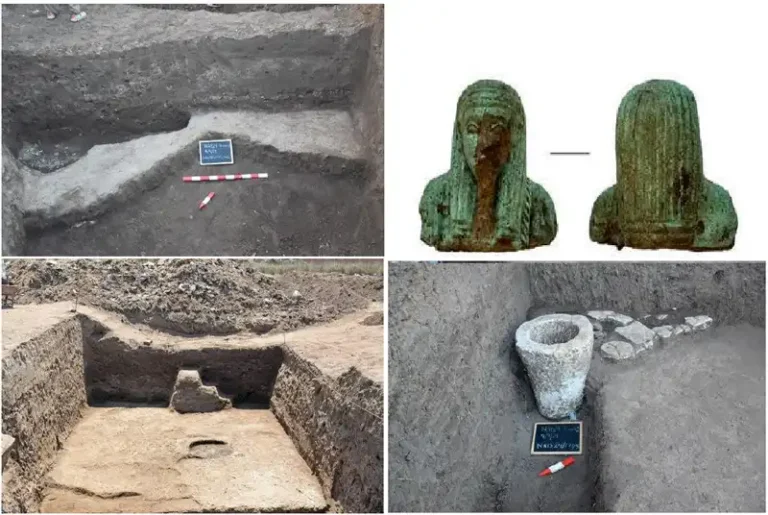Tartary: Between history and conspiracy theories
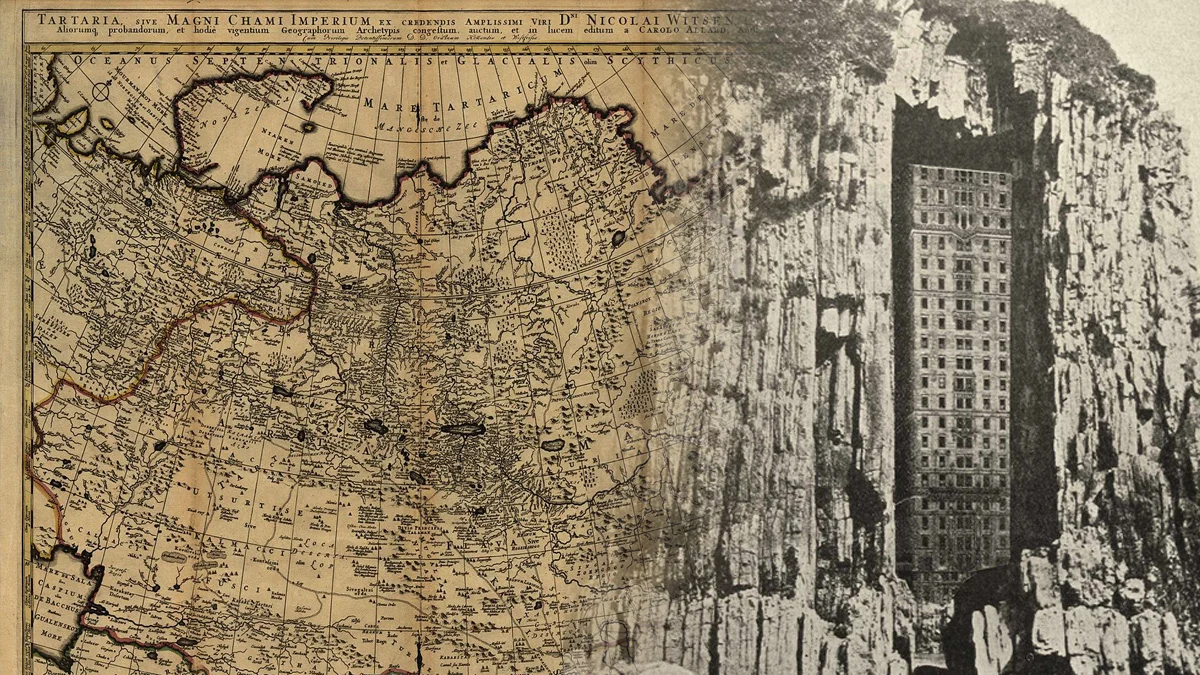
Tartary, also known as Great Tartary or Tartaria Magna, was a term used in Europe from the Middle Ages until the 20th century to describe a vast region of Central and Northern Asia. This area stretched from the Caspian Sea and the Ural Mountains to the Pacific Ocean and was inhabited by Turkmen and Mongol peoples of the Mongol Empire, known generically as Tatars. The region encompassed what we know today as Siberia, Turkestan (except East Turkestan), Greater Mongolia, Manchuria and, occasionally, Tibet.
Regional Divisions of Tartary
To facilitate identification, the Tartary was divided into several sections, each with a prefix indicating the authority or geographical location:
- Muscovite or Russian Tartary: Corresponding to Western Siberia.
- Qatari or Chinese Tartary: Included East Turkestan (today Chinese Xinjiang) and Mongolia.
- Independent Tartary: Refers to Western Turkestan, later known as Russian Turkestan.
- Eastern Tartary: referred to Manchuria.
As the Russian Empire expanded eastwards, more areas of Tartary became known to Europeans, and the term lost its popularity. Regions north of the Black Sea, inhabited by Turkmen peoples, came to be known as Little Tartary.

Tartary in Literature and Geography
The German philosopher Immanuel Kant mentioned the “Komul desert of Tartary” in his “Observations on the Sense of the Beautiful and the Sublime”, describing it as a “great and infinite solitude”. In Russia, there is Tatarstan, an autonomous republic with its capital in Qazan, crossed by the Volga River. In 1992, the region approved its sovereignty in a referendum, although it did not seek independence. Tatarstan is responsible for 23% of Russia’s oil production.
Conspiracy theories about Tartary
Ideas about a “Tatar Empire” refer to a set of pseudo-historical conspiracy theories originating from pseudo-scientific Russian nationalism. These theories suggest that Tartary was an advanced civilization whose existence has been erased from history. They ignore the documented evidence about Asia. The theories gained traction with Anatoly Fomenko in the 1970s and Nikolai Levashov, who promoted the idea of a suppressed advanced civilization. The Russian Geographical Society debunked these theories by sharing historical maps of Tartary.
Since 2016, conspiracy theories about Tartary have become popular on the internet, far removed from their Russian nationalist origins.

Globalized Theories and Architecture
The globalized version of the Tartary conspiracy theory is based on an alternative view of architectural history. It is believed that demolished buildings, such as the Singer Building and the original Penn Station in New York, were part of a vast and unknown empire. Many argue that Golden Age structures and even the Great Pyramids and the White House are “Tartar constructions”. Theories suggest that a “mud flood” wiped out much of the world, explaining submerged architectural elements. It is also argued that the world wars destroyed and hid Tartary. The similarity of global architectural styles and photos of deserted streets from the 20th century are used as evidence.
Reflections and Criticism
Zach Mortice, in his Bloomberg article, sees this theory as a reflection of cultural discontent with modernism, comparing it to the “QAnon of architecture”. Moritz Maurer relates the Tatar imagination to theories of “giant trees”, where colossal buttes are seen as stumps of mother trees cut down by unknown agents. Maurer describes these theories as part of the “meme culture” of social networks.
Disinformation on Social Media
Fake stories about Tartary are circulating on social media. One such story features an image of a building constructed on a cliff, suggesting the existence of a powerful lost civilization. However, this image, widely shared on Facebook and other platforms, is actually a creation by visual artist Fernando Martín Godoy, with the description ‘Construction time again: Rockscraper, 2015’ – a collage on 18 x 13 cm paper. It is essential to check the origin and veracity of information before accepting it as true.
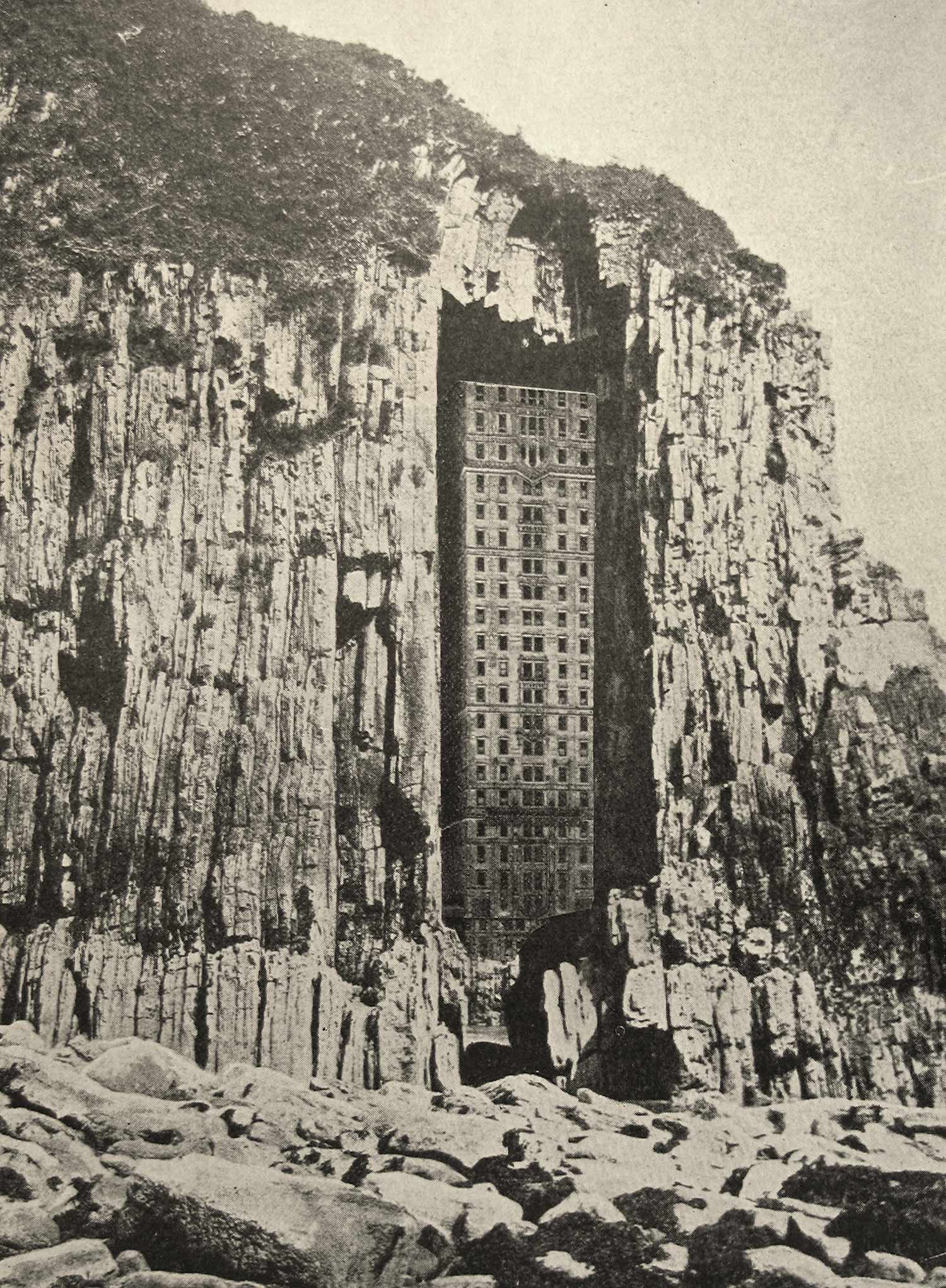
Collage on paper.
You can follow Fernando Martín Godoy on Instagram, where he shares some of his work.
Historically, Tartary referred to a vast region in Central and Northern Asia. Despite its historical use, the term has been distorted into conspiracy theories that ignore documented reality. These theories highlight the importance of a critical eye and fact-checking in a world increasingly saturated with online disinformation.

